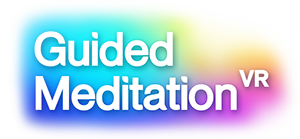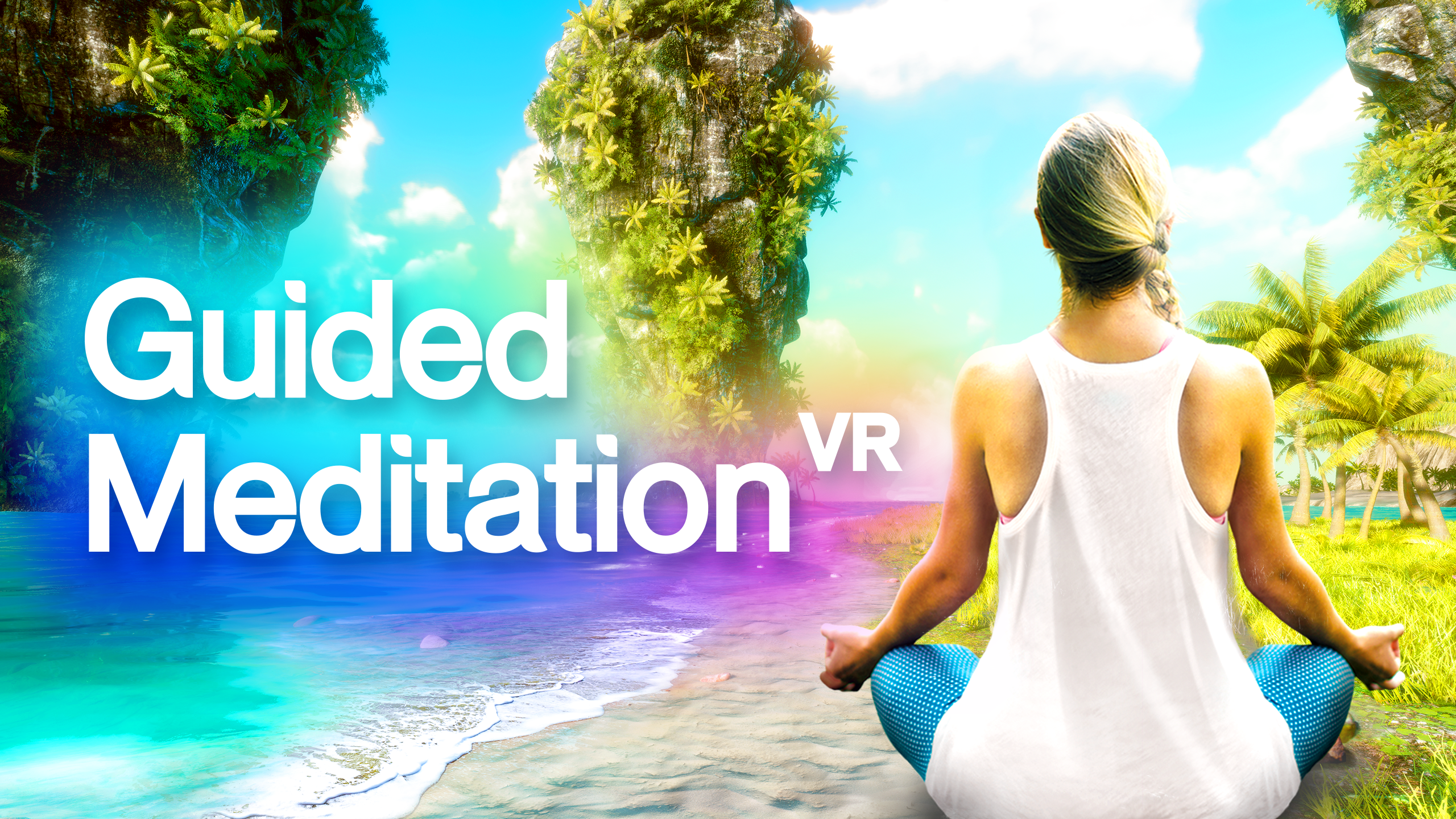- /
- Meditation
- /
- Zen
- /
- Zen Meditation 09
Session 9/10
Transcript
Zen Meditation course session 9 – recap,
Welcome back, to session 9 of this Zen meditation course. Today we’ll do a bit of a recap.
Come into whichever sitting position you’re using, a cushion on the floor or maybe a mat, or you could be on a chair.
Let’s talk a little about the actual posture again. I’ve talked before about keeping the spine straight but not tense. Ears in line with the shoulders and nose in line with the navel. Remember that these are guidelines. We’re all physically different and we need to find a position that feels right for us. There is no need to strive for some ‘perfect’ posture. You’re looking for a posture that will let you sit comfortably for a period of time. That doesn’t mean you should be slouching, of course.
When you sit, sit on the edge of the cushion as much as possible. You don’t want to have much if any of your thighs resting on the cushion. This can cut off the blood flow to your legs. Again, you can experiment with this. When you’re seated and you think your position is comfortable, you can sway. From left to right a few times, coming back to center. Then you can sway in a circular motion if you want to. Start with big circles and make them gradually smaller, until you’re back to centre. This will help you to find your sitting spot.
Check your body. Is your head in line with your spine? If it isn’t precisely in line, where is the nearest comfortable position? If you’re seated in an aligned way for you, your upper body should feel almost weightless.
Just have a leisurely scan now, from the top of your head to your toes. Make any adjustments you think are needed. Be aware of your body, feel your feet on the floor, your backside on the cushion. Feel yourself being lengthened through the upper body by that invisible thread attached to the crown of your head. Your mind is in your body, now.
Now, breathe naturally. What does it mean, to breathe naturally? Some of us breathe faster than others, or maybe our normal breath feels rather rough. Again, don’t force yourself to adopt a ‘perfect’ style of breath. Breathe through the nose, with the mouth lightly closed and the tongue sitting lightly behind your top teeth. Let the breath be as it wants to be. Just observe it now, counting if you want to, on the out breath. Let it find its own rhythm.
(Ten breaths)
Remember, just sitting in meditation is not about enduring pain and discomfort. If you have a little tension and it isn’t bothering you, that’s fine, you can sit with that. If you need to move and adjust yourself, that’s also fine. Keep your mind on the breath and change position, if that’s what you need to do. As I said in an earlier session, this isn’t an endurance test.
Continue to watch the breath. You can focus your attention at the tip of the nose, just feeling it coming and going. You can focus on your navel area, and feel that expansion and energy. Or you can watch it all the way in and out again. If you want to breathe without any particular focus, just do that.
(Ten breaths)
When your mind wanders, don’t feel any guilt about that. Just notice that it’s wandered and bring your attention back to the practice. Thoughts arrive in the mind and although while we meditate we want to just let them come and go, sometimes we get distracted by one. When you realize you’re distracted, just let it go and come back to the breath.
(Ten breaths)
You’re using a certain amount of energy, to stay in this space. It’s a form of concentration, which helps your focus. But it isn’t a forced and rigid concentration. I use the term ‘energy of awareness’ because it feels to me that it gives the act of focus a kind of lighter touch. Finding that balance, where the focus isn’t too tight, or too loose. Let’s continue now.
(Ten breaths)
It may seem as though there are a lot of instructions being given, here. As you practise more you’ll begin to internalise these instructions, and then you can meditate more with no particular focus, which is what ‘just sitting’ is all about. But to come into that space and then start to let things go and let them be, you start with bringing your awareness into body, breath and mind. We can continue for a bit longer, now.
(Ten breaths)
You can start to let go of the focus, now. Give yourself a minute to reflect on how it was, today. You might have been particularly calm, or you may have found it difficult to settle down.
Today was about going back to basics, if you like. When you’re relatively new to meditation you need some sort of instruction. It’s useful to remember though, that these instructions are just pointers. They point towards the experience; they aren’t the experience itself. You can only really understand meditation by doing it, and finding out where those pointers are taking you.
See you again, in session 10.
”What does it mean, to breathe naturally? Some of us breathe faster than others, or maybe our normal breath feels rather rough. Again, don't force yourself to adopt a 'perfect' style of breath. Breathe through the nose, with the mouth lightly closed and the tongue sitting lightly behind your top teeth. Let the breath be as it wants to be.


